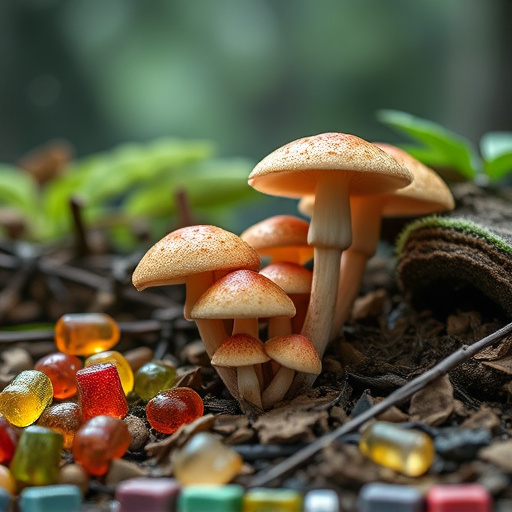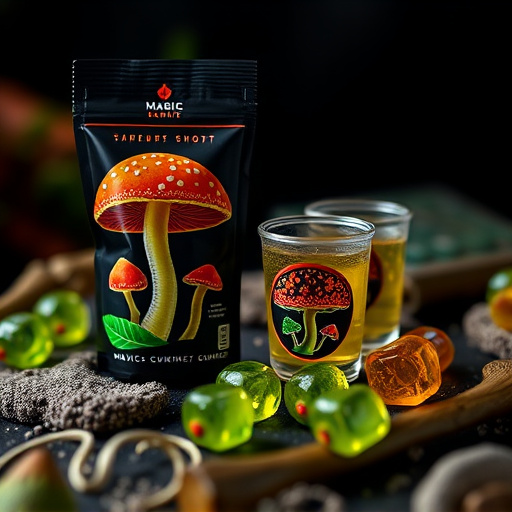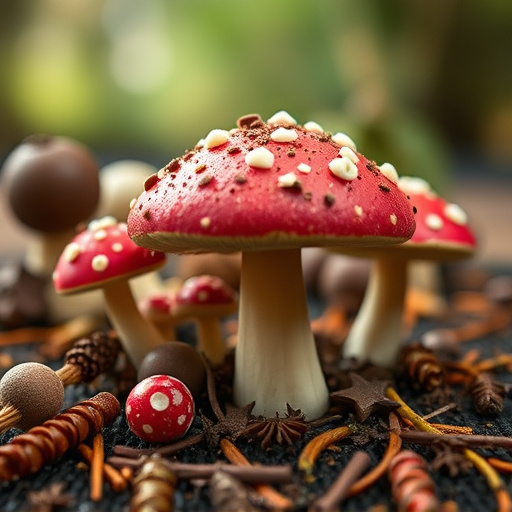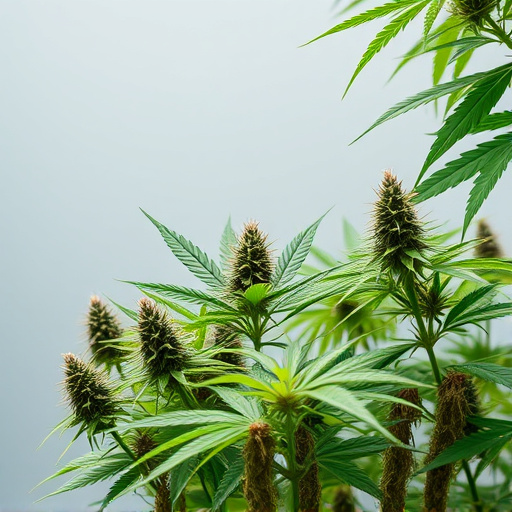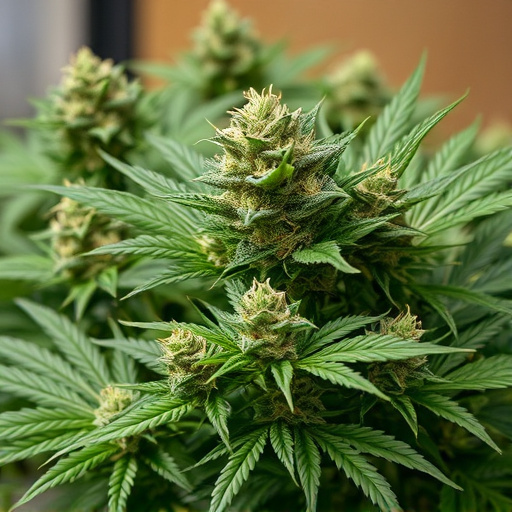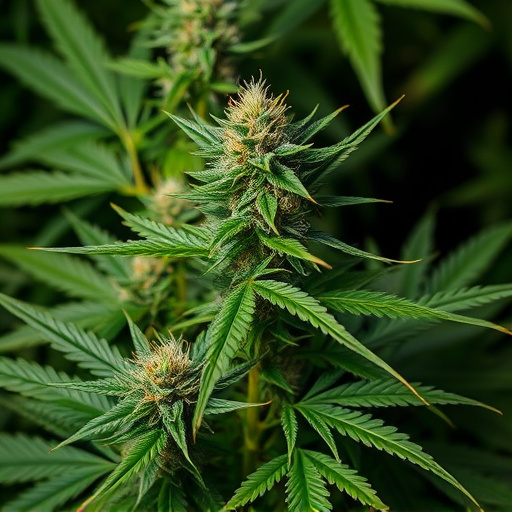Medicinal cannabis strains' unique aromas result from their complex chemical composition, including terpenes (essential oils), flavonoids, and cannabinoids. Terpenes like myrcene, limonene, pinene, and terpinolene contribute to scents ranging from earthy to citrusy or floral. Not only do they create appealing fragrances, but these chemicals also interact with the body's endocannabinoid system, amplifying therapeutic benefits. Customized breeding has led to a wide array of medicinal cannabis strains with diverse terpene compositions, catering to individual patient needs and offering specific properties like relaxation and pain relief.
Cannabis flowers are renowned for their distinct, potent aroma. But why do they smell so strong? This article delves into the intricate world of cannabis scent, exploring its chemical composition and the pivotal role of terpenes. We’ll also examine how medicinal cannabis strains, with their diverse profiles, impact both smell and potency. Uncover the secrets behind the bouquet that make cannabis such a fascinating subject for enthusiasts and researchers alike.
- The Chemical Composition of Cannabis Flowers
- Terpenes: The Key to Cannabis Aroma
- How Medicinal Cannabis Strains Affect Smell and Potency
The Chemical Composition of Cannabis Flowers
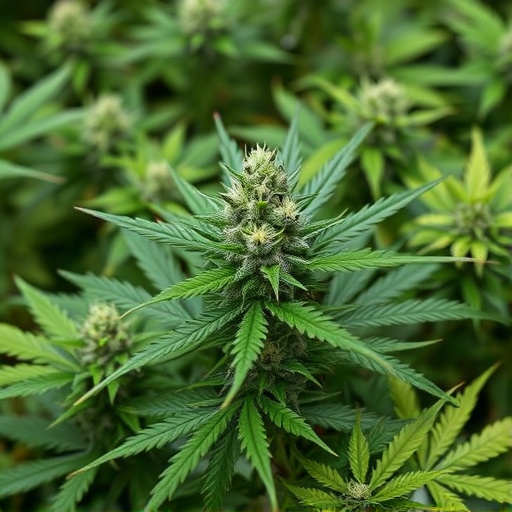
The distinctive aroma of cannabis flowers is a result of their complex chemical composition, which plays a pivotal role in both their potent effects and appealing scents. Cannabis, or Cannabis sativa, contains over 100 different types of terpenes, which are aromatic compounds responsible for the unique smells we associate with various plants. These terpenes, combined with hundreds of flavonoids and cannabinoids, create a bouquet that can vary significantly between medicinal cannabis strains.
Each strain’s specific mix of these chemicals contributes to its distinctive fragrance. For instance, myrcene is often linked to earthy or musky scents, while limonene offers a bright, citrusy note. Pinene has a pine-like aroma, and terpinolene can impart fruity or floral undertones. These compounds not only affect the smell but also interact with our bodies’ endocannabinoid system, enhancing the therapeutic effects of medicinal cannabis strains.
Terpenes: The Key to Cannabis Aroma
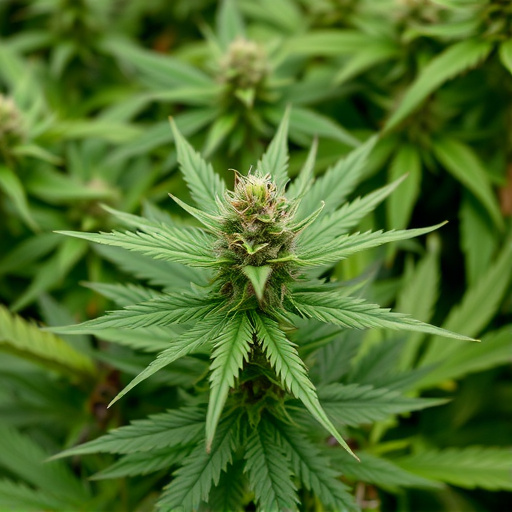
Terpenes, a class of aromatic compounds, are often referred to as the “essential oils” of plants and play a pivotal role in giving cannabis its distinct and powerful aroma. These volatile molecules are produced by various plants, including cannabis, and contribute significantly to the unique scent and flavor profile of medicinal cannabis strains. The smell we associate with cannabis is primarily due to these terpenes, which can be extremely diverse in their chemical structure and odor characteristics.
Each terpene offers a distinct fragrance, ranging from citrusy and floral to spicy or even sweet notes. For example, myrcene, one of the most abundant terpenes in cannabis, is responsible for the earthy, musky scent often described as “skunk-like.” Limonene, another common terpene, imparts a bright, citrusy aroma, while linalool provides a relaxing floral fragrance. Different medicinal cannabis strains accumulate these terpenes at varying levels, resulting in an extensive range of aromatic profiles that cater to diverse consumer preferences and potential therapeutic effects.
How Medicinal Cannabis Strains Affect Smell and Potency
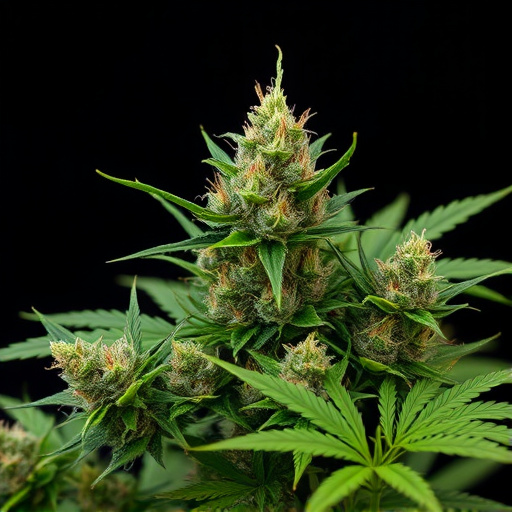
Medicinal cannabis strains are cultivated with a specific focus on their aroma and potency, which are closely linked. The strong smell associated with cannabis is largely due to a group of volatile compounds called terpenes, produced by the plant as part of its defense mechanism. In medicinal cannabis, these terpenes play a significant role in shaping the therapeutic effects. For instance, myrcene, one of the most common terpenes, is known for its relaxing and pain-relieving properties, making it popular among patients seeking relief from insomnia or muscle spasms.
Different medicinal cannabis strains have been bred to emphasize certain terpenes, resulting in a diverse range of aromas and potential therapeutic benefits. This customization allows patients to choose strains that align with their specific needs and preferences. As the medical use of cannabis continues to gain acceptance, researchers are uncovering more about these compounds, leading to better understanding of how they interact with the body’s endocannabinoid system and contribute to the overall potency and efficacy of medicinal cannabis treatments.
Cannabis flowers emit potent aromas due to a complex interplay of terpenes and other chemical compounds. Terpenes, in particular, are responsible for the characteristic scents of different cannabis strains, with each variety boasting unique odours. Understanding the chemical composition of medicinal cannabis strains not only enhances our appreciation of their aroma but also provides insights into their potential therapeutic effects and potency. By exploring these components, we can better navigate the diverse world of medicinal cannabis, ensuring consumers make informed choices that meet their specific needs.




